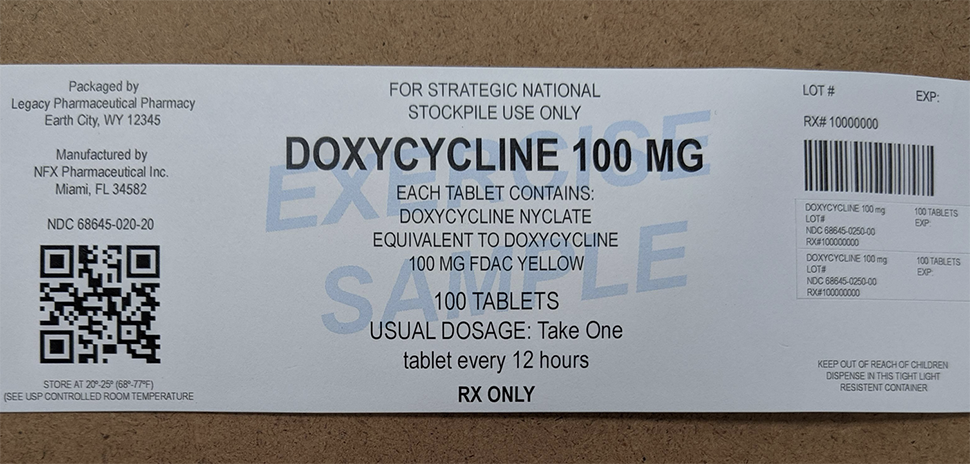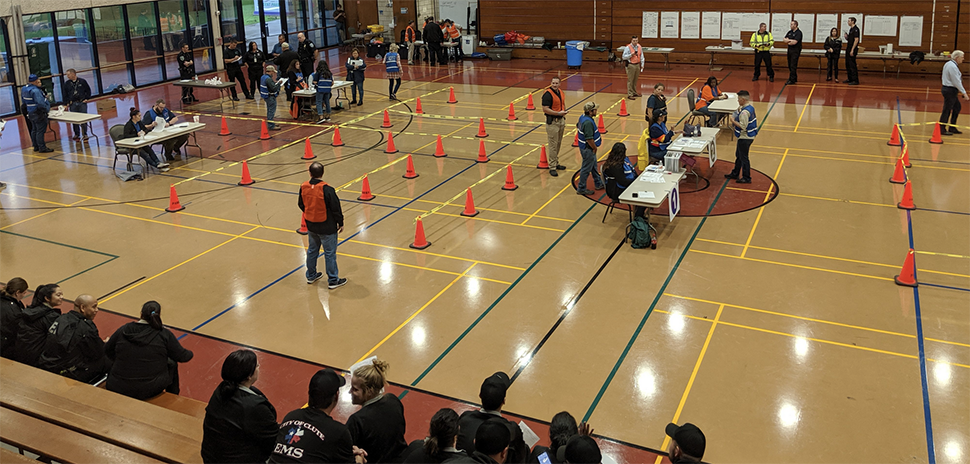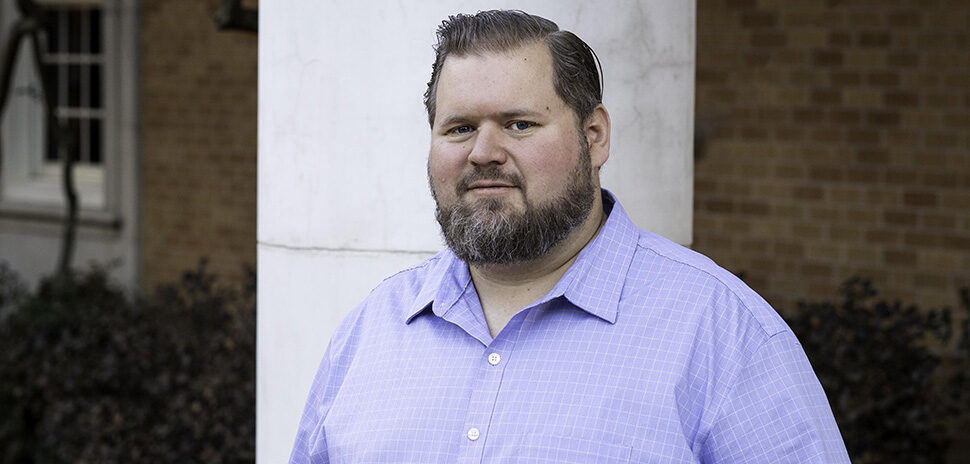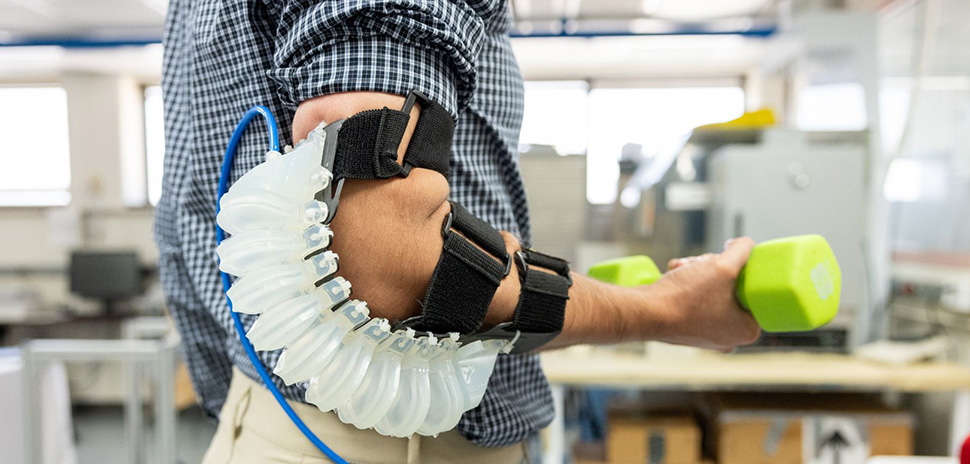As the country expeditiously works to allocate the COVID-19 vaccine as quickly and effectively as possible, a team of researchers at the University of North Texas in Denton have developed new technology that could be the key to solving disparities in distribution and management.
The cloud-based computer program, called RE-PLAN, is meant to assist public health agencies in ensuring the COVID-19 vaccine’s timely availability, according to each state’s guidelines.
The tech aggregates data from a variety of sources that allows an agency to craft response plans, which include locations where medications or vaccines should be distributed, to use during an epidemic. They have the choice to start from scratch on an emergency plan or modify an existing one.
Using detailed population information, public health officials are able to determine where to place special resources in proximity to people who need them the most. That includes people who have disabilities, don’t speak English, and don’t have cars.
Targeting these populations relates to the larger issue that RE-PLAN aims to solve—equitable distribution.
According to UNT researchers, a speedy vaccine rollout often comes at the expense of underserved populations not being reached. The team hopes its technology can fix that: RE-PLAN will be distributed with an urgency to target special demographics communities, solving the problems caused by the increased availability of more approved vaccines.
RE-PLAN will be dispensed to states and cities through UNT’s partner, Juvare, a provider of enterprise resilience solutions. The UNT researchers say it’s the “fastest and most efficient way to manage vaccine distribution logistics targeting underserved and special needs communities in the U.S. and the world.”
So far, RE-PLAN has been used by the Texas Department of State Health Services and Los Angeles and Orange Counties in California. But, planners from all eight Texas DSHS service regions have expressed interest in using the system.
“It’s all about helping public health departments understand where they need to put resources and how many resources they need,” Marty O’Neill, director of UNT’s Center for Computational Epidemiology and Response Analysis, said in a statement. “These decisions must be made with respect to the specific needs of the populations they’re serving.”
O’Neill led the team of researchers on RE-PLAN when COVID-19 initially began spreading rapidly across Asia.
The technology isn’t new to UNT, though—RE-PLAN was originally invented and tested to fight bioterrorism events, like anthrax, but was adapted and reconfigured by O’Neill and the group to focus on facilitating COVID-19 vaccinations.

The team previously used RE-PLAN for a dry run to test a potential anthrax attack. [Photo: UNT]
When modifying the tech for COVID, O’Neill’s team added the ability to identify areas that might need translators, easier accessibility, or more vaccination clinics. They also added a way to explore high rates of uninsured populations, according to UNT.
It was all about making the system as flexible as possible, O’Neill said. He knew ahead of time that jurisdictions would mean public health agencies had to have varying approaches to meet the needs of their individual communities.
“It’s about making vaccination plans equitable,” O’Neill said. “We’re not going to successfully fight this disease if pockets of people are left out of vaccination plans.”

[Photo: UNT]

[Photo: UNT]
![]()
Get on the list.
Dallas Innovates, every day.
Sign up to keep your eye on what’s new and next in Dallas-Fort Worth, every day.































